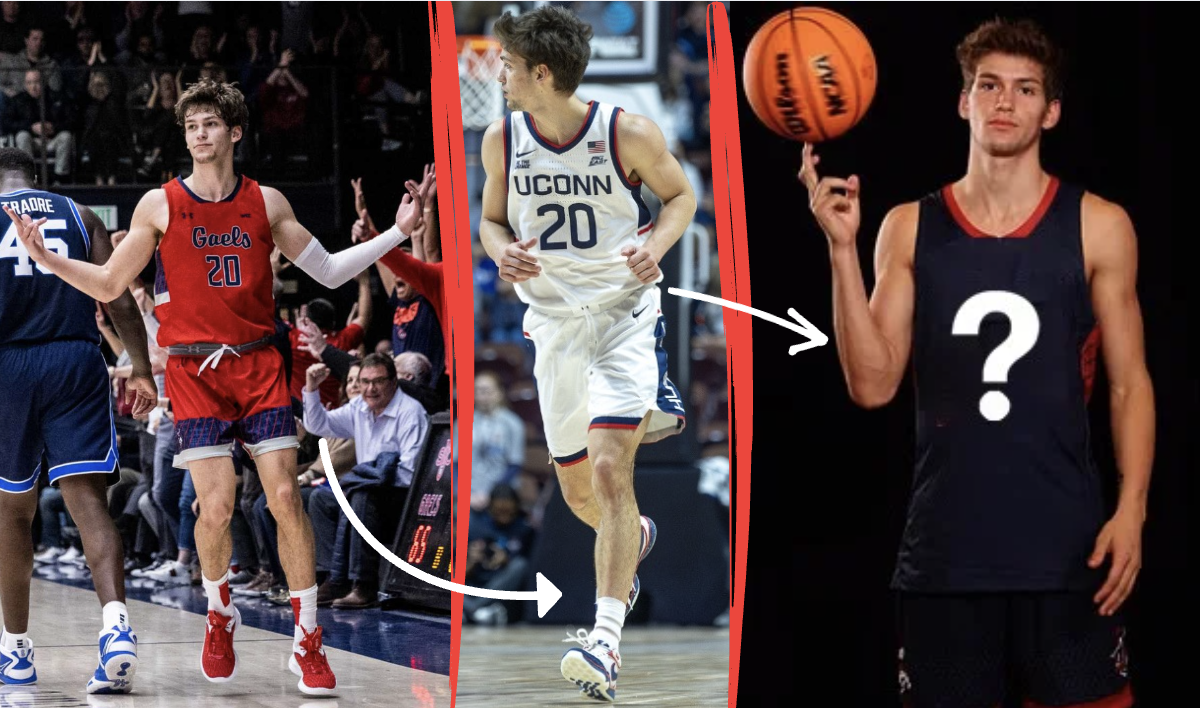The 2023 FIFA Women’s World Cup has been eye opening in many ways, but what’s been most surprising is the United States’ disappointing performance. The Americans barely made it out of the Group Stage over Vietnam and Portugal, and faced an excruciating loss against Sweden in the round of 16.
The U.S. has dominated women’s soccer internationally for decades ever since their victory against Norway in the 1991 first women’s world cup. This iconic win, although largely unrecognized, was not only the birth of many stars but it also helped propel women’s soccer in a variety of ways. They gained more recognition than ever before and, as a result, more countries started investing in women’s sports programs. The U.S. then went on to secure world cup victories in 1999, 2015, and 2019.
So why has this U.S. team fallen off their spot on the first place podium? There are a multitude of reasons that contributed to the team’s downfall, many of which have been in the making for years now.
First, the coach, Vlatko Andonovski, was an issue for the entirety of the tournament. He took over in 2019 after the team’s world cup victory in France and certainly did not live up to the team’s high standard. He has since resigned from his position as head coach.
He faced criticism throughout the team’s run, much of it stemming from his inability to unleash the potential of the team he had. His substitutions did not adapt as the tournament went on and he kept the same formation that he had during the group stage, where the U.S. played like a shell of its former self. The team looked especially weak during the fatal match against Sweden; only two substitutions were made during regular time and neither of them were impactful enough to make a difference.
Though the strong roster of the U.S. team gave them the capacity to do well, the players lacked their prior efficacy. Similar to the men’s world cup, there were many players who were not as effective because they could not keep up with younger players.
Alex Morgan and Megan Rapinoe are prime examples of this on the U.S. team. Both of these players took playing time from other players who could have had a greater impact. It is true that these offensive players brought much experience and leadership to the team, but their performance was not dynamic enough to be dangerous against the more organized European teams.
Many reflect these same views after seeing the US team play in the world cup. Senior Katie Feldman said that she was “disappointed they got knocked out in the first round of elimination” because “they’ve done much better in previous years.” Feldman noticed that the team seemed different this year and they weren’t working well together. “I think their performance….and team chemistry wasn’t there this year,” she said.
There was also an unfortunate amount of change that affected the team greatly. Senior Maya Carrasco said she really “wasn’t expecting us to go that far because of all the young players.” It is difficult to have a polished dynamic between players when they aren’t used to playing together. They needed more time to really learn their teammates inside and out. She said that though they “had great captains, they were missing chemistry going in.” Carrasco also mentioned the injuries that kept key players out of the tournament and disrupted the whole team.
Their style of play also proved to be an issue for the US during their run in the world cup. Many players seemed to be almost bankrupt of ideas when it came to penetrating the lines and creating goal scoring opportunities.
Andonovski’s game plan put too much emphasis on crosses swinging in from the side and didn’t focus enough on interplay between the three forwards and the midfield in the final one third. The only place they were consistently dangerous was set plays which were too few and far between to generate the necessary goals. Further, they focused much more on playing long balls to their forwards instead of trying to pass on the ball to exploit open space. The more successful teams, including Spain and England, relied on a more possession based play which helped them conserve energy and shift the other team’s defense.
Senior Maya Schwarts definitely noticed this phenomenon as well. She said she “wanted to see them perform like they have in previous years, but also kind of cool seeing other teams step up and have their time in the world cup.”
There were incredible performances from many teams including Spain, England, and Japan. Not only did they make this world cup incredibly entertaining, they proved they can challenge the U.S. and play at an even higher level. Sophomore Carina Trente said the US “might’ve been a little too confident because they had a lot of hype and then they just didn’t prepare as well…as the years before.” It is not a question that the reigning champs went into this world cup much too self assured and this certainly contributed to their downfall.
The U.S. women’s national team needs a wake up call. They have been a place of inspiration for young female athletes in America and now that other countries have closed the gap they need to raise their game to a new level. It is important that developing players have role models to look up to as they are mature. Women’s soccer has been elevated to a world stage and the U.S. were crucial in making that happen. However, they need to alter their strategy and their mindset if they want to return to their former domination at the international level.







